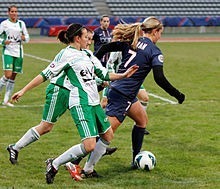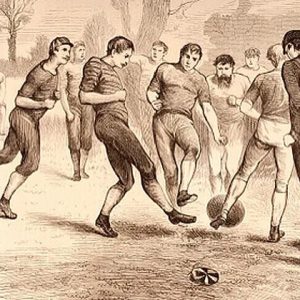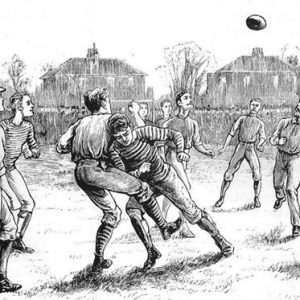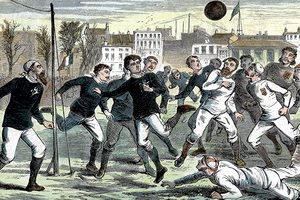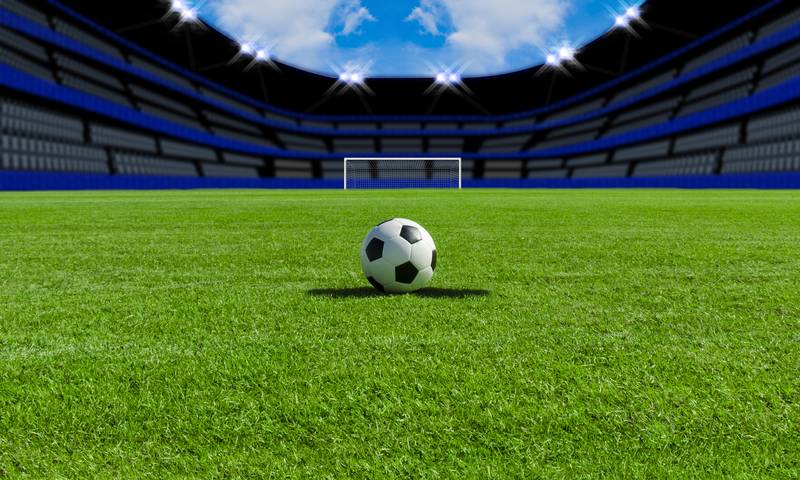Football
The founder of football as a modern sport does not have a clear identity
England

The founder of football as a modern sport does not have a clear identity. Football has evolved over many centuries, but modern rules were established in 1863 in England with the creation of the Football Association. Thus, England can be considered the “homeland” of modern football.
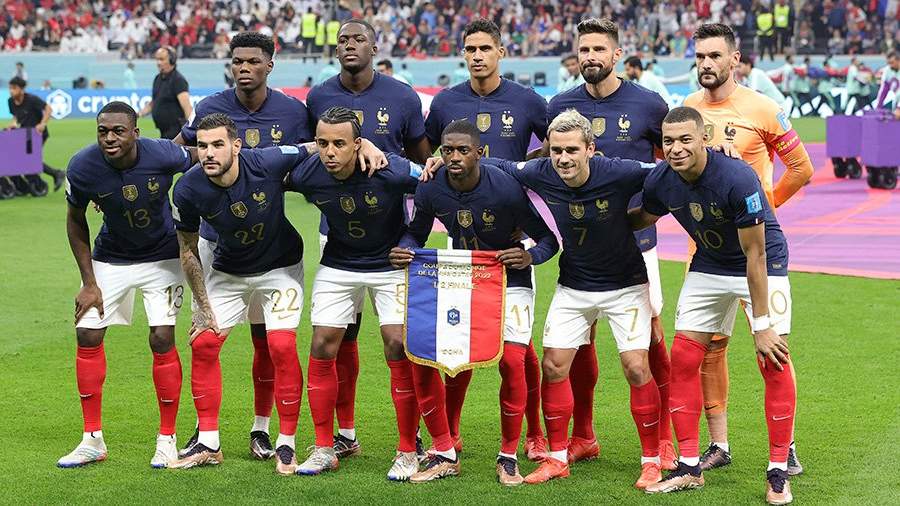
French team
The last World Cup champion as of April 2023 is the French team, which won the 2018 FIFA World Cup in Russia.
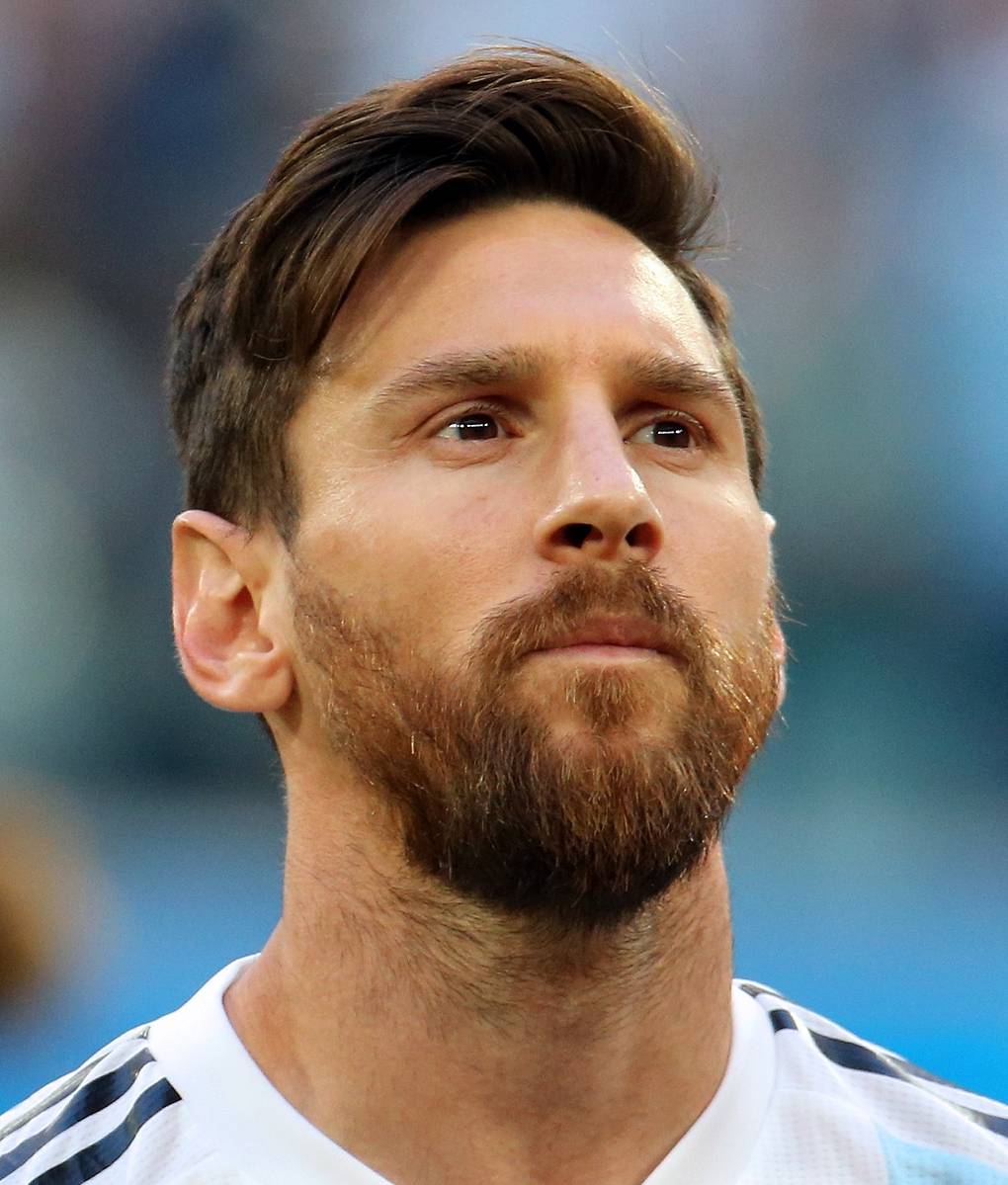
Lionel Messi
аргентинский футболист, широко признанный одним из величайших игроков всех времен, выступает за клуб Пари Сен-Жермен.

Cristiano Ronaldo
Portuguese footballer, also considered one of the best in history, currently plays for the Al-Nasr club.
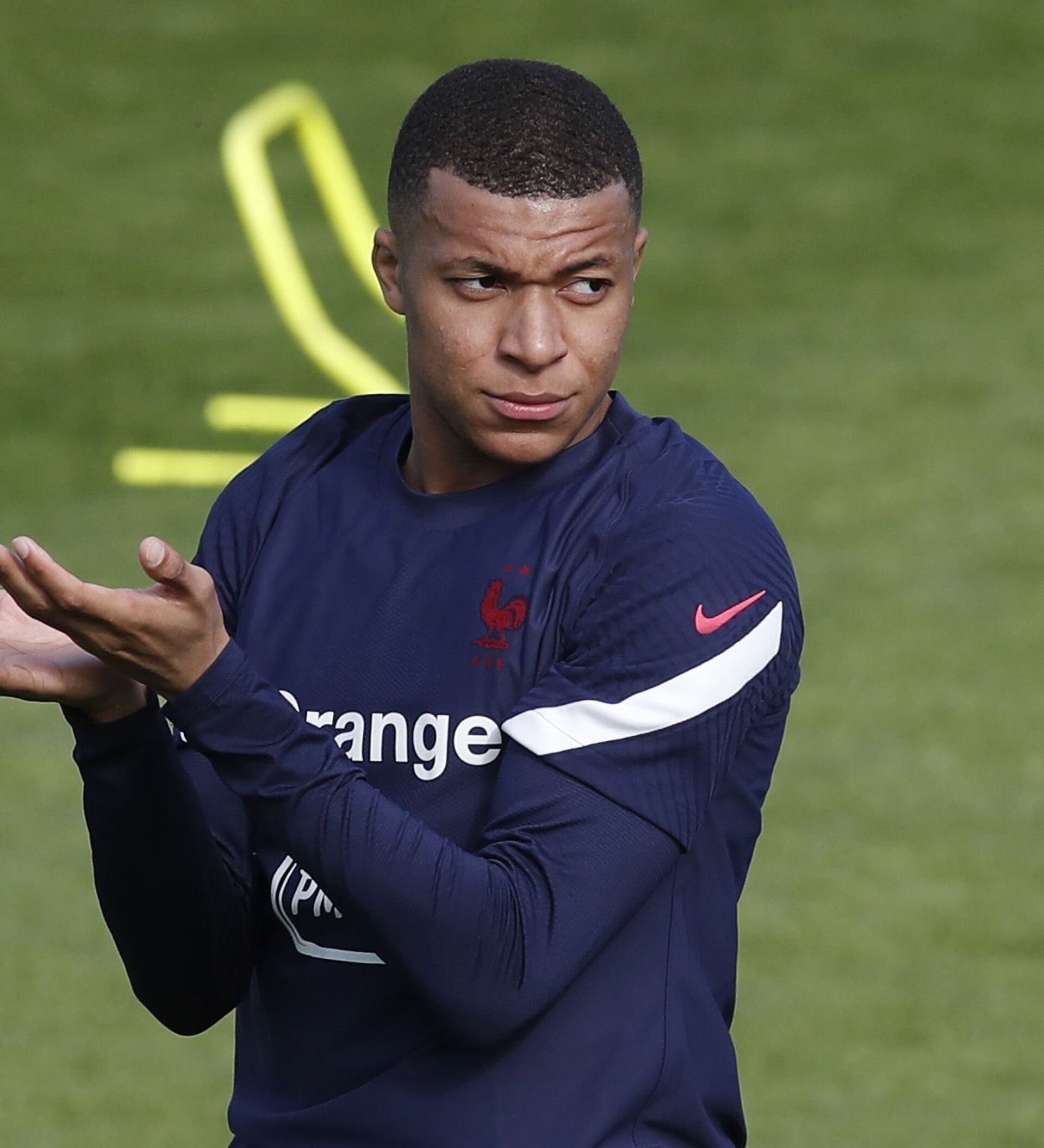
Kylian Mbappe
Olympic champion and multiple world champion in the weight category up to 73 kg.

Ali Daei is a legendary Iranian footballer, one of the best strikers in Asian history. He scored a record 109 goals for the national team, which remained a world record for a long time. Ali was the team captain and participated in the World Cup twice. Today, he is engaged in coaching and supports the development of football in Iran.
Football (from English football) is a team sport played by two teams of eleven players with a spherical ball. About 250 million men and women from more than 200 countries play soccer, making it the world’s most popular sport. Soccer is an Olympic sport.
Soccer is played on a rectangular field with a goal at each end. The goal of the game is to score the ball into the opposing team’s goal. Players are not allowed to touch the ball with their hands while it is in play, unless they are goalkeepers (and only when it is in their penalty area), or during a throw-in. Other players mostly use their feet to kick or pass the ball, but may also use their head and torso. The team that scores more goals at the end of the match wins it. If neither team scores or the scores are tied, a tie is declared, or the game goes to extra time or penalty kicks, depending on the format of the competition.
The laws of the game were first codified by the Football Association of England in 1863 and later spread across the globe. At the global level, football is governed by the Fédération Internationale de Football Association (FIFA), which organizes the World Cup for men and women every four years.
Games similar in basic principles to modern football have existed in various nations since ancient times. So, among the contenders for the main prototype of football are the ancient Chinese (Zhu-Chu), ancient Romans and Greeks (Harpastum), medieval Italians (Calcio), Aztecs. However, today’s football is a direct descendant of the game of ball in Britain. The first rules of the game that clearly distinguished between football and rugby were written down in 1863, although the first football clubs appeared somewhat earlier. Football according to established rules gained popularity at the end of the 19th and the beginning of the 20th century. Thanks to British sailors, the game got to numerous port cities of the world, and from there it spread to the territory of the countries of Europe, Latin America, Africa, and Asia.
There are more than 70 different directions of karate.
Interesting fact: in Russian-speaking countries, those who practice karate are called karateists. Although, if you believe the dictionaries, the correct name for such people is Karateka.
Contrary to popular belief, Japan is not the birthplace of karate. This martial art originated in China, from where it then got to the island of Okinawa, where it received the name “karate” – “Chinese hand”. The rest of Japan learned about karate only at the end of the 19th century. Since Japanese-Chinese relations were quite tense at the time, the Chinese origin of martial arts was rejected. In 1936, on the eve of the Sino-Japanese war, in the word “karate” the character “kara” (Chinese) was replaced by the consonant character “kara” – “empty”. In addition, the ending “to” – “way” was added to the term. It turned out to be “karate-do” – “the way of the empty (unarmed) hand.” The legendary Gitin Funakoshi, the founder of the Setokan style, is considered to be the author of the term “karate-do”.
As you know, belts of different colors are awarded in karate for different skill levels. Gradation of belts and their number can differ significantly depending on the style. Interestingly, in the “original” Okinawan karate there were only five belts, the colors of which were explained very simply:
– white – a clean beginner’s belt, barely started classes;
– yellow – the belt of a student who mastered the basic techniques for a long time and sweated profusely at the same time (it was the sweat that made the belt turn yellow);
– red – the belt of a student admitted to duels (the belt was red from the blood spilled during training);
– brown – the belt of a “zealous” student, misses blows much less often (the blood on the belt had time to dry and acquire a brown color);
– black – a master’s belt, blackened by dirt and blood over time.
Another interesting fact: Masutatsu Oyama, the creator of kekushinkai – one of the most popular and hard styles of Japanese karate – is not Japanese. He was born in Korea, where he is known under the name Choi Eun Yi.
To popularize his style, Masutatsu Oyama held fights with bulls, while he entered the arena completely unarmed. If the official version is to be believed, Oyama managed to defeat 52 bulls over the years, and 3 of them he beat to death. The master’s “trick” was cutting off bull horns with the edge of the palm (48 bulls were injured). True, evil tongues say that the horns were first filed.
In kekushinkai there is the concept of “hyakunin-kumite” – a test of 100 fights, the successful completion of which is an indicator of unsurpassed skill and true strength of spirit. According to the rules of the test, the fighter must without rest (!) conduct 100 two-minute full-contact fights with various opponents, and must win at least 50. Now there are about 15 people in the whole world who managed to successfully pass this test.
Perhaps the most rigid style of karate is daido juku karate-do (kudo), which has only a small number of restrictions in striking and wrestling techniques. It is interesting that at the championships of Japan sometimes even punches in the groin are allowed! During fights, kudo fighters use special helmets with plastic visors to protect their faces. For this they are jokingly called cosmonauts
Karate has been studied by such celebrities as Chuck Norris, Jean-Claude Van Damme and Bear Grylls. It is interesting that the king of rock and roll himself – Elvis Presley, was a karateka (and with a black belt!) who studied this martial art in the army. It is said that on the set of the movie “Kid Gallahead”, Elvis easily smashed bricks with his punches.
Several techniques in football:
Dribbling
a technique of dribbling the ball that allows you to get around your opponent.
Pass
passing the ball to an ally, a key element of team play.
Hitting the ball
technique of hitting the ball, including heading, at different speeds and from different distances.
Protection
a set of techniques to prevent enemy attacks, including tackling the ball and blocking shots.
